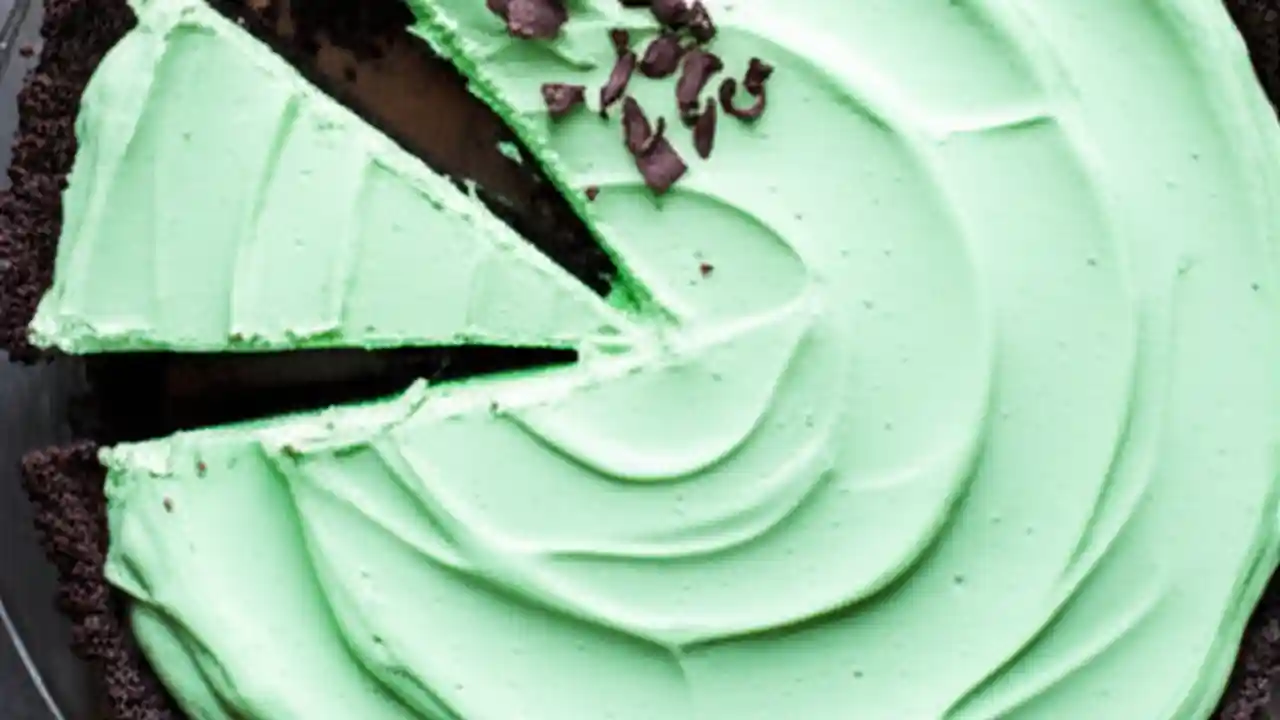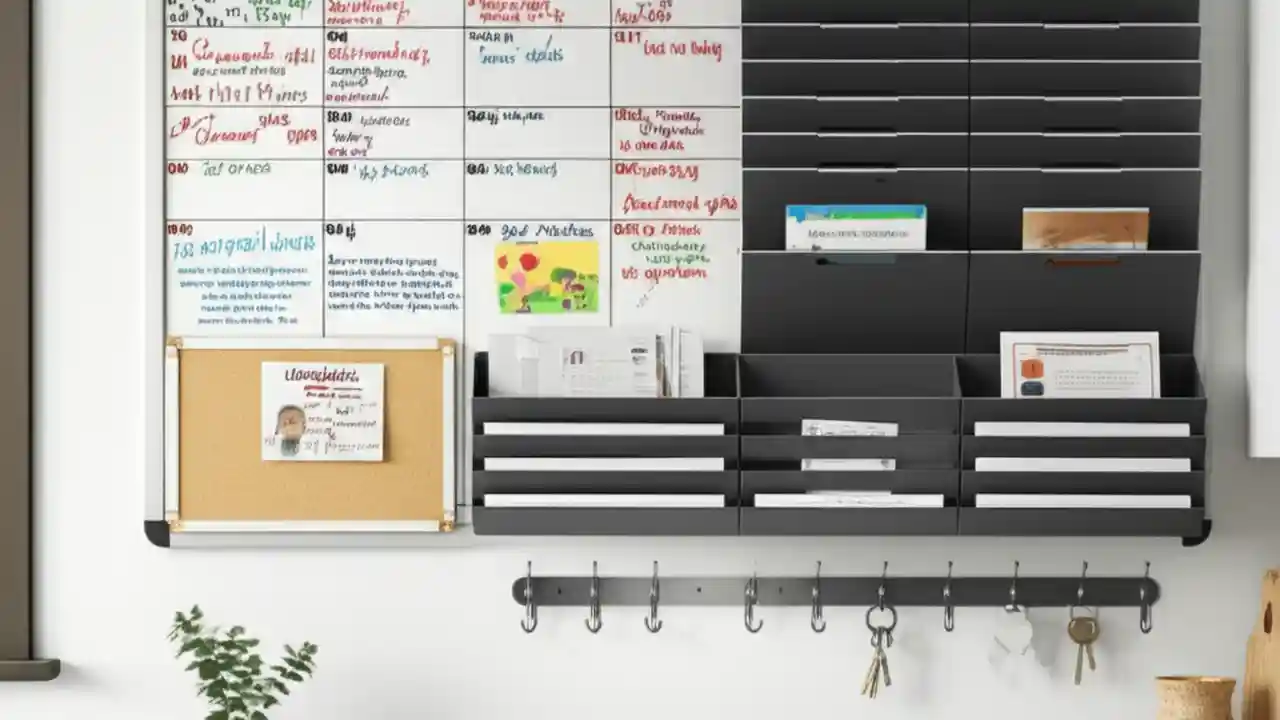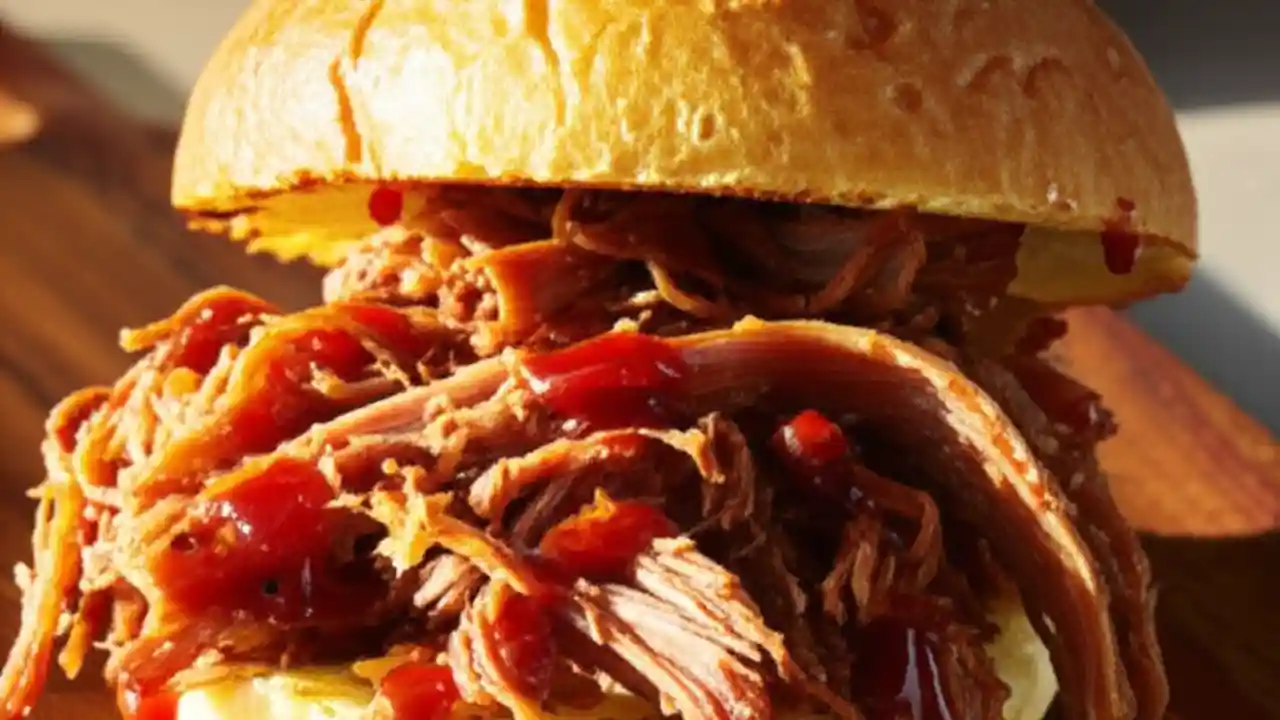I’ll never forget my first attempt at a Vesper Martini. I was 25, fresh off a James Bond movie marathon, and felt invincible. I grabbed some gin, some vodka, and the closest thing I had to Kina Lillet, which was a sweet vermouth. The result was a harsh, unbalanced glass of regret that tasted more like jet fuel than a sophisticated cocktail. It was a disaster, and for years, I stuck to simpler drinks.
It wasn’t until I was working on a cocktail menu for a client that I revisited the Vesper. The breakthrough came when I stopped treating it like a standard martini. The secret isn’t just Bond’s “shaken, not stirred” command; it’s understanding that the original Kina Lillet, with its quinine bitterness, is gone. Modern Lillet Blanc is softer, fruitier. The key is to use a bold, juniper-forward gin to provide the backbone that the Lillet no longer does.
This realization changed everything. By choosing the right gin to complement the Lillet Blanc and a clean, grain-based vodka that simply adds chill and potency without interfering, the Vesper transforms. It becomes the cocktail Ian Fleming envisioned: crisp, aromatic, complex, and dangerously smooth. This recipe isn’t just a list of ingredients; it’s the result of years of trial, error, and a deep respect for the history of this iconic drink. I promise, this is the Vesper you’ve been searching for.
Table of Contents
Family Feedback
“James, this is the one. I’ve tried making Vespers at home before and they always felt… off. Yours is different. It’s incredibly smooth but still has that perfect, sharp edge. Your tip about chilling the coupe glass until it’s frosted is a game-changer. It stayed ice-cold to the last sip. Absolutely brilliant.”
“Okay, I’m officially a Vesper convert! I always thought they’d be too strong for me, but this was just so elegant. The aroma from that lemon peel you showed me how to express… it makes all the difference! It smells as good as it tastes. I made one for my book club and everyone demanded the recipe.”
Recipe Card
| Course | Cocktail, Aperitif |
| Cuisine | British, International |
| Featuring | James Bond Cocktail, Shaken Not Stirred, Lillet Blanc, Gin and Vodka Martini, Classic Cocktail |
| Prep Time | 5 minutes |
| Cook Time | 0 minutes |
| Total Time | 5 minutes |
| Servings | 1 servings |
| Calories | 225 kcal |
| Author | James |
Ingredients
- 3 oz (90 ml) London Dry Gin (such as Gordon’s or Tanqueray)
- 1 oz (30 ml) Grain-Based Vodka (such as Ketel One or Tito’s)
- 1/2 oz (15 ml) Lillet Blanc
- 1 large, thin slice of lemon peel for garnish
- Plenty of large, solid ice cubes
A Note on Your Spirits: This is not the time for substitutions. The Vesper is a delicate balance. Gordon’s Gin is what Fleming specified; its strong juniper profile is essential to cut through the other ingredients. A clean, grain-based vodka is crucial because it should be neutral, adding texture and coldness without a competing flavor. And it must be Lillet Blanc; dry vermouth is not an acceptable substitute as its herbal profile will completely change the drink.
Instructions
- Chill Everything: This is the most crucial, non-negotiable step. Place your cocktail shaker and your coupe or martini glass in the freezer for at least 15-20 minutes before you begin. A truly great Vesper must be served ice-cold.
- Combine the Spirits: Pour the gin, vodka, and Lillet Blanc directly into your chilled cocktail shaker. There’s no specific order, just get them all in there.
- Add Ice and Shake: Fill the shaker about two-thirds full with large, solid ice cubes. Secure the lid tightly. Now, shake it hard and fast for about 12-15 seconds. You should see a thick frost form on the outside of the shaker. This is how you know it’s reached the perfect temperature and dilution.
- Double Strain: Remove your frosted glass from the freezer. Using a Hawthorne strainer over the mouth of the shaker and a fine-mesh strainer held over the glass, pour the cocktail into the glass. This double-straining technique removes any small ice shards, ensuring a silky-smooth texture.
- Garnish with Flair: Take your large, thin lemon peel. Hold it pith-side down over the surface of the drink and give it a sharp squeeze. This “expresses” the citrus oils onto the cocktail’s surface, creating an incredible aroma. Then, simply drop the peel into the glass. Serve immediately.
Secrets to the Perfect Vesper
- My Biggest Mistake (Don’t Repeat It!): For years, I used the small, cloudy ice from my freezer’s automatic ice maker. My Vespers were always a bit watery and weak. The mistake was dilution. Small ice has more surface area and melts faster. The secret is to use large, dense, clear ice cubes (from a silicone mold is best). They chill the drink effectively with minimal dilution, preserving its potent character.
- The Glass Is Not Just a Vessel: A deep-bowled champagne coupe, as specified by Fleming, is a fantastic choice. Its wide surface area allows the aromas from the expressed lemon peel to open up beautifully. A classic V-shaped martini glass also works, but whatever you use, it must be thoroughly chilled. A room-temperature glass can warm your perfectly-chilled drink by several degrees on contact.
- The “Reverse Vesper” for a Softer Touch: If you find the classic 3:1:0.5 ratio a bit too gin-forward, don’t be afraid to experiment. A “Reverse Vesper” using 3 parts vodka to 1 part gin (keeping the Lillet the same) creates a crisper, more neutral version of the cocktail. It’s a great variation for those who prefer vodka martinis.
- Storing for a Party (Batching): You can pre-batch Vespers for a gathering. Mix the gin, vodka, and Lillet Blanc in their correct proportions in a glass bottle. Add about 20% water by volume to account for the dilution you’d get from shaking with ice. Seal the bottle and keep it in the freezer for at least 2 hours. When guests arrive, you can pour the perfectly chilled and diluted Vesper directly into a frosted glass and garnish.
Nutrition Facts (Per Serving)
| Calories | Fat | Carbs | Protein |
|---|---|---|---|
| 225 kcal | 0 g | 2 g | 0 g |
Please note that nutrition information is an estimate and can vary based on the specific ingredients and exact quantities used.
Frequently Asked Questions
Why is it called a Vesper Martini?
The cocktail was invented and named by author Ian Fleming in his 1953 James Bond novel, Casino Royale. Bond names the drink after Vesper Lynd, a fictional double agent he falls for. He orders it by saying, “Three measures of Gordon’s, one of vodka, half a measure of Kina Lillet. Shake it very well until it’s ice-cold, then add a large thin slice of lemon peel. Got it?”
What’s the real difference between shaken and stirred?
This is the classic cocktail debate! Stirring a drink with ice chills and dilutes it gently, resulting in a smooth, silky, and crystal-clear cocktail. Shaking is much more aggressive. It chills the drink faster and adds more dilution, but it also aerates the liquid, creating a slightly cloudy appearance and a different, often sharper texture. For the Vesper, Bond’s “shaken” command is canon and necessary to achieve that ice-cold temperature he demands.
Can I use a different gin or vodka?
You can, but it will change the final taste. If you substitute the gin, stick with a classic, juniper-heavy London Dry style like Beefeater or Tanqueray to maintain the drink’s essential backbone. For the vodka, the goal is neutrality. Any high-quality, unflavored vodka made from grain will work well. Avoid potato vodkas, which can have a slightly oily texture, or heavily flavored vodkas that will clash with the Lillet.
Is Lillet Blanc the same as dry vermouth?
No, they are fundamentally different, and this is the most common mistake people make. Both are aromatized wines, but that’s where the similarity ends. Dry vermouth is more herbal, botanical, and, as the name suggests, dry. Lillet Blanc is made with Bordeaux grapes and is fortified with citrus liqueurs, giving it a fruitier, sweeter, and slightly floral profile with notes of honey and orange. Using vermouth will result in a completely different, and incorrect, cocktail.







